Subtotal: 40,80€ (incl. VAT)
World Poetry Day is celebrated annually on March 21st. Established by UNESCO (the United Nations Educational, Scientific and Cultural Organization) in 1999, the day aims to promote the reading, writing, publishing, and teaching of poetry throughout the world. World Poetry Day acknowledges the unique ability of poetry to capture the creative spirit of the human mind. Poetry plays a significant role in culture and societies all around the world, transcending language barriers. It can bring people together and foster a mutual understanding and shared human experience. World Poetry Day is an opportunity for people to appreciate and support poets and poetry around the globe.
The perception that poets (and artists in general) only become famous after their death is a common one, but it’s not universally true. While history does include many poets who only gained widespread recognition posthumously, there are also many examples of poets who achieved fame, critical acclaim, or significant readership during their lifetimes. In the contemporary era, with the advent of the internet and social media, poets have more platforms than ever to share their work and engage with audiences directly. This can facilitate fame or a significant following during a poet’s lifetime, although the nature of fame and how we measure it might differ from the past.
The intertwining of wine and poetry throughout history highlights a rich cultural tapestry that spans civilizations, illustrating how both have been central to human expression, celebration, and contemplation. This connection has manifested in the works of numerous authors and poets, transcending geographical and temporal boundaries, and yielding beneficial outcomes for society, culture, and the individual psyche. Wine has been a recurring motif in poetry and literature, symbolizing celebration, sorrow, companionship, and the ephemeral nature of life. Wine has been a source of inspiration for poets and writers!

SOME BENEFICIAL OUTCOMES OF WINE AND POETRY
• Cultural and Social Connectivity: Wine and poetry have fostered social cohesion and cultural exchange, bringing people together across different societies and eras.
• Philosophical and Spiritual Exploration: They have served as mediums for philosophical and spiritual exploration, helping individuals and societies navigate the complexities of the human condition.
• Preservation and Influence on Language: Poetry about wine has contributed to the preservation of language, traditions, and rituals, enriching cultural heritage and influencing the development of literary and linguistic forms.
• Therapeutic Effects: Both wine and poetry have therapeutic aspects, offering solace, joy, and a means for individuals to express and process emotions, contributing to mental and emotional well-being.

NOTABLE POETS AND THEIR INTERACTION WITH WINE
As just two examples, Charles Baudelaire (1821–1867) and Pablo Neruda (1904–1973), both towering figures in the world of poetry, approached the theme of wine from their unique perspectives, reflecting their distinct poetic voices and cultural backgrounds. Despite their differences, wine served as a powerful symbol in their works, embodying themes of transcendence, sensuality, and the complexities of human experience. Baudelaire’s engagement with wine tends to highlight its role as a means of transcendence and escape from the burdens of existence. On the other hand, Neruda’s poetry celebrates wine’s role in enhancing the beauty and pleasure of the earthly, human experience. Baudelaire’s wine is more about the individual’s internal journey and struggle, while Neruda’s wine is about connection, community, and the joy found in the natural world. Both poets, through their distinct lenses, reveal the multifaceted symbolism of wine, making it a rich and enduring theme in poetry that transcends time and place, capturing the universal human quest for beauty, escape, connection, and joy.
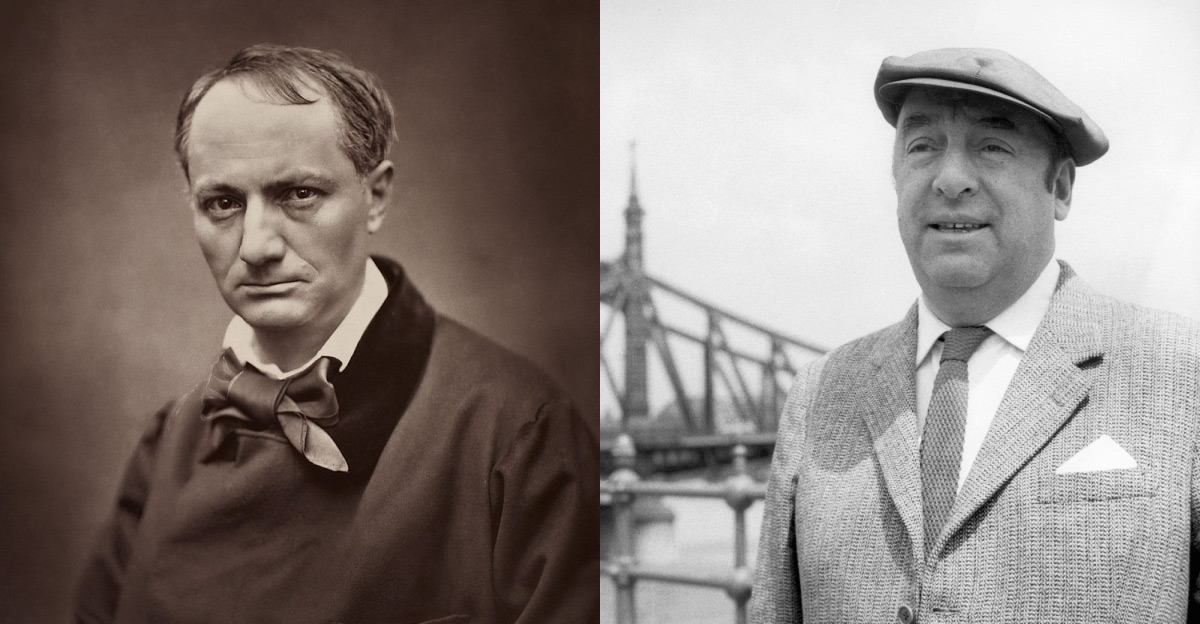
THE HISTORY OF SHERRY AND FINE ARTS
Over centuries, sherry, with its distinctive characteristics, might have been mentioned explicitly or used as a broader symbol in many artistic and literary works. The sensory experience of tasting sherry—its aroma, taste, texture, and the emotions it evokes—can mirror the experience of consuming poetry. Both can transport individuals to different times, places, or emotional states. The process of making sherry, with its complexity and the patience required, can parallel the creative process of writing poetry; aging wines in a solera system can serve as a metaphor for growth, maturity, and the layering of experiences, much like the themes explored in poetry. Moreover, similarly to pairing wines with food, pairing different styles of sherry with poems that match their mood or themes can be a fascinating endeavor! Here are a few prominent artists and their relationship with the wines from the Jerez region:
William Shakespeare (1564–1616) is widely regarded as the greatest writer in the English language and the world’s pre-eminent dramatist. His extant works, including collaborations, consist of some 39 plays, 154 sonnets, three long narrative poems, and a few other verses, some of uncertain authorship. His plays have been translated into every major living language and are performed more often than those of any other playwright. Shakespeare remains arguably the most influential writer in the English language, and his works continue to be studied and reinterpreted. Shakespeare’s connection with sherry is evident through the numerous mentions of the wine (often referred to as “sack” in his time) in his plays, indicating not only his familiarity with the region but also its popularity in Elizabethan England. Sherry was a favored drink during the 16th and 17th centuries in England, and Shakespeare’s references to it in his works reflect its cultural significance. By incorporating sherry into his plays, Shakespeare contributed to the enduring association between the beverage and the arts, offering insights into the social and culinary preferences of the time, and underscoring the close ties between literature and the enjoyment of wine throughout history.

Agatha Christie (1809–1976), the famed British novelist known for her 66 detective novels and 14 short story collections, had a personal connection with sherry wines too. Christie’s works often reflect her own tastes and interests, including her preference for food and drink. Sherry, in particular, makes appearances in her stories, indicating not only its popularity as a drink during her time but also suggesting a personal fondness for it. Sherry was seen as a sophisticated drink that could be enjoyed before meals or in the drawing room. In her personal life, Agatha Christie was known to enjoy sherry. She mentioned it in her autobiography and various interviews, noting it as one of her preferred beverages. Again, this preference is mirrored in her novels and short stories, where sherry is often present in social settings, dinner parties, and as a comforting drink for her characters. For instance, her beloved detective Hercule Poirot, and other characters are occasionally depicted enjoying sherry, which adds a degree of realism and personal touch to her narratives.
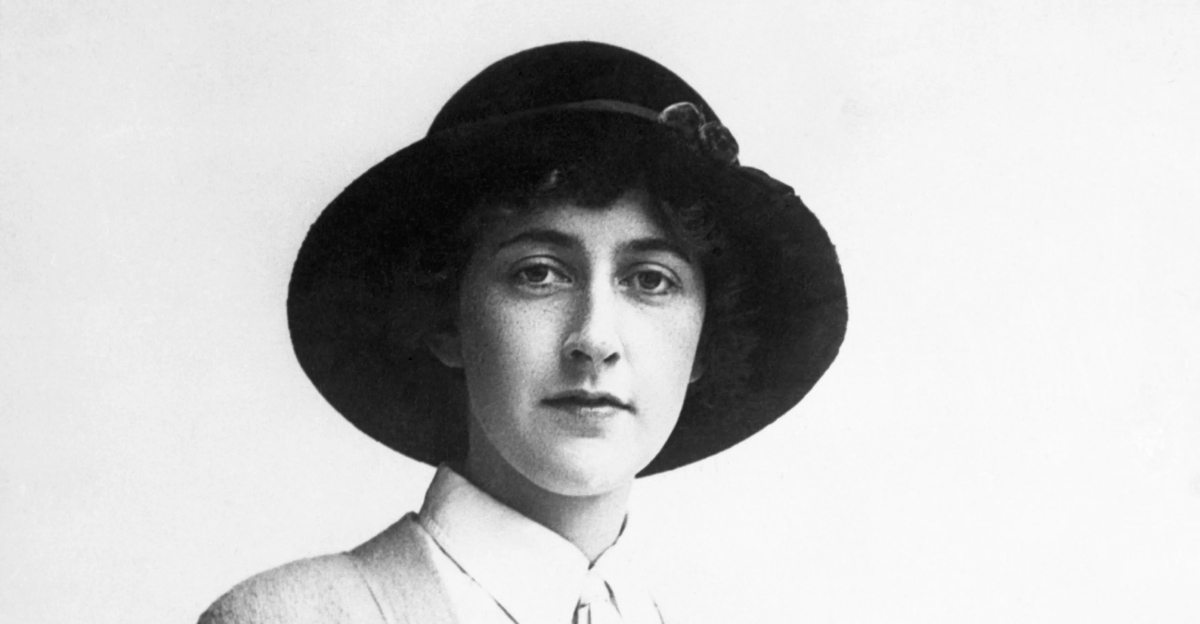
Dr. Maya Angelou (1928–2014) was a highly revered American poet, memoirist, and civil rights activist, celebrated for her vivid and poignant literary contributions that span over 50 years. Born Marguerite Annie Johnson in St. Louis, Missouri, Angelou’s life was a testament to her resilience in the face of hardship and her remarkable talent for articulating the human condition, particularly the experiences of African American women. Angelou was also known to have a fondness for sherry wine. In various interviews and her own writings, she mentioned that she enjoyed drinking sherry. She often spoke about how she would write with a glass of sherry by her side, especially in the evenings. This ritual was part of her creative process, indicating a personal and perhaps inspirational role that sherry played in her life and work. While she is celebrated for her monumental contributions to literature and civil rights, these personal details about her life add depth to our understanding of her as a person who savored life’s pleasures alongside her profound work. Angelou’s preference for sherry wine reflects her appreciation for the finer aspects of life, including the arts, cuisine, and, of course, literature.
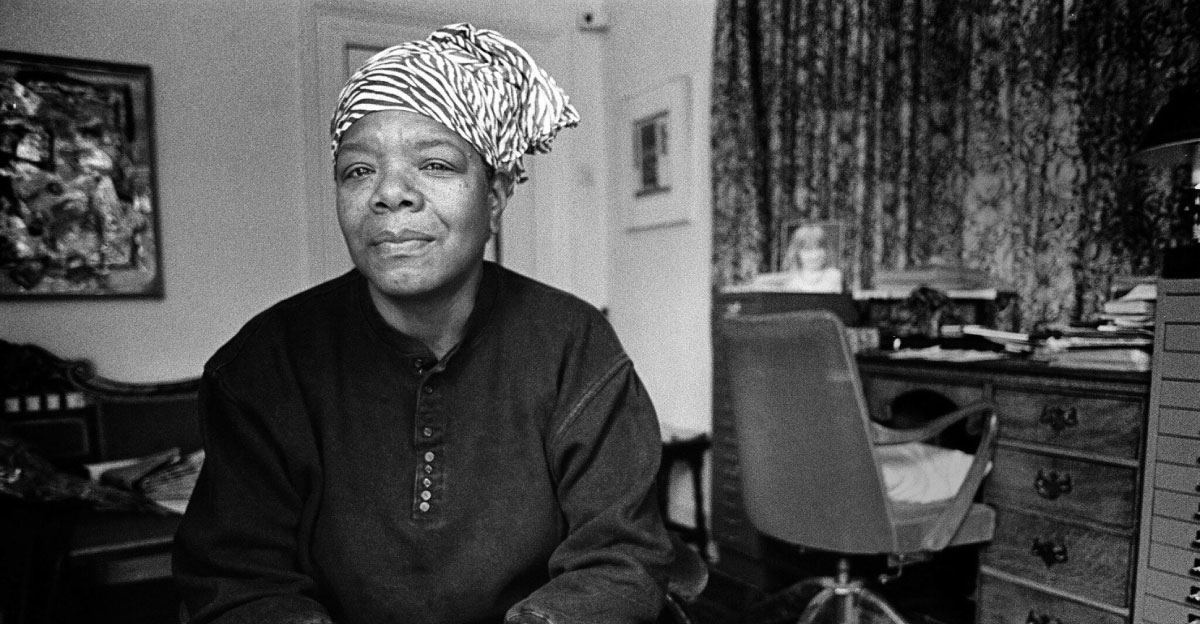
SHERRY AND POETRY TODAY
Chantal Tseng loves just about anything fermented and poured, as she tells it, but especially wine, tea, and cocktails. She’s turned that love into well over 20 years of serving drinks as a D.C.-based bartender, bar manager, and part-time sommelier. A true student of all things liquid, she is a Bar Ready graduate of the B.A.R. program, a Certified Sommelier via the Court of Master Sommeliers, and a Certified Sherry Educator from the Consejo Regulador in Jerez. Her specialty, being Sherry and Sherry Cocktails, led her to work as the US Sherry Week Ambassador for the past decade. While running the bar at the former Sherry-laden denizen, Mockingbird Hill, aka the first Sherry bar in the states (circa 2013-2015), Tseng researched many historic authors who were big fans of sherry: Shakespeare, Edgar Allan Poe, Agatha Christie, Ray Bradbury, Carson McCullers, and Maya Angelou. They were her inspirations for the crafting of the cocktail menus and wine flight options. Did you know that McCullers used to keep a thermos of tea and sherry to sip on throughout the day and that she referred to it as her “Sonny Boy?” Or that Angelou never became known for being a writer and a poet until well into her 40’s?
From 2015 on, Chantal’s regularly scheduled passion is running the “Literary Cocktails” series where she creates specialty cocktail menus that are inspired by classic and contemporary literature. Catch her hosting book clubs like PUNCH.BOOK.LOVE, which features novellas, short stories, poetry, punch and tea. Or join her ongoing Sherry & Christie Book Club that meets every 2nd or 3rd Sunday of the month via local DC bookshop, Loyalty Bookstores. She also hosts specialty Absinthe nights dubbed “5th Absinthe Thursdays” and other events such as “Vinomorphy,” a menu of wine and the cocktails they transform into original haiku* pairings.
*Haiku is a traditional form of Japanese poetry known for its concise structure and deep connection to nature and the seasons. Characterized by its brevity and depth, haiku typically consists of three lines with a total of 17 syllables, arranged in a 5-7-5 syllable pattern. This singular poetic form continues to be celebrated for its ability to express complex and profound insights through simple, evocative imagery, making it a unique and enduring aspect of world literature.
During the pandemic, in partnership with the lady-run FOHealth team and Lustau, Chantal led a haiku and sherry pairing virtual class. As a forever fan of the art of haiku, she prefers the structure of 5-7-5 but also recognizes that since haikus were originally Japanese, syllables are less the important element when written in English and more a guideline to keep simple rhythms on par with simple yet vivid ideas and imagery. Always inspired by sherry wines, Chantal has written many haikus over the years in tasting notes, photos, and for simple serendipitous moments. “Wine tasting is a very personal and intimate experience and sometimes words learned from our professional-speak that we use as sommeliers to describe the look, nose, or taste of a particular wine don’t quite capture the entirety of it. Sometimes poetry expresses the feeling just a bit better.” – Tseng
Below are a few examples:
IN ANOTHER WORLD
SALT OCEAN SPRAYS WAFT INLAND
SEA GLASS REDEFINED
“I wrote this haiku to channel the Poniente winds that travel inward from the Atlantic Ocean to cool the vineyards and sherry bodegas. I also thought fondly of how sea glass and the pour of sherry have a lovely affinity in words and images. For manzanilla and fino, the glass is golden and for other styles, we move into topaz and amber in the sunlight.” – Tseng
SUNLIGHT TRANSITIONS
OLD OAK BECKONS A HARVEST
A FOREVER GLOW
“This poem is about the transition of sunlight as a passage of time. Conjuring the idea of old oak barrels, I imagine here that during the harvest, there’s a sort of new anticipation for what’s to come because the new harvest “mosto” juice makes them young again.” – Tseng
A TREE FOR YOUR THOUGHTS
BARK SO RIGID BECOMES SMOOTH
WORDS BECOME IDEAS
“This poem is about texture. It’s about tree bark becoming staves and even corks. It’s about science and technology smoothing out the rougher details of imagining how raw elements can morph into brilliance, which of course is eventual sherry in one’s glass.” – Tseng
WERE I TO TRAVEL
AN OLDER TIME, BEFORE YOUTH
I WOULD BRING A PEN
“I often think about time travel in all sorts of ways. Here I’m imagining old versus young in terms of how wines mingle with each other (read: Solera System) as a sort of time travel. When you share memories of old to younger souls, you let folks time travel with you. If an older person revisits their youth, they’ll want to bring the future back with them.” – Tseng
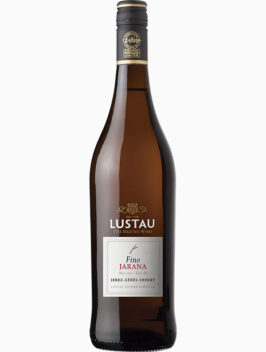 Fino Jarana
Fino Jarana 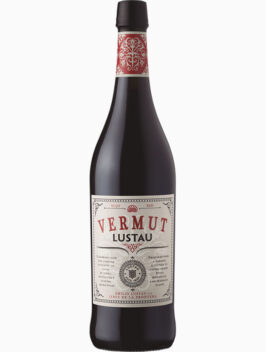 Red Vermouth
Red Vermouth 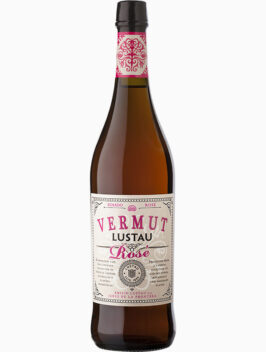 Rosé Vermouth
Rosé Vermouth 






